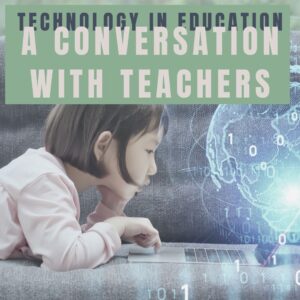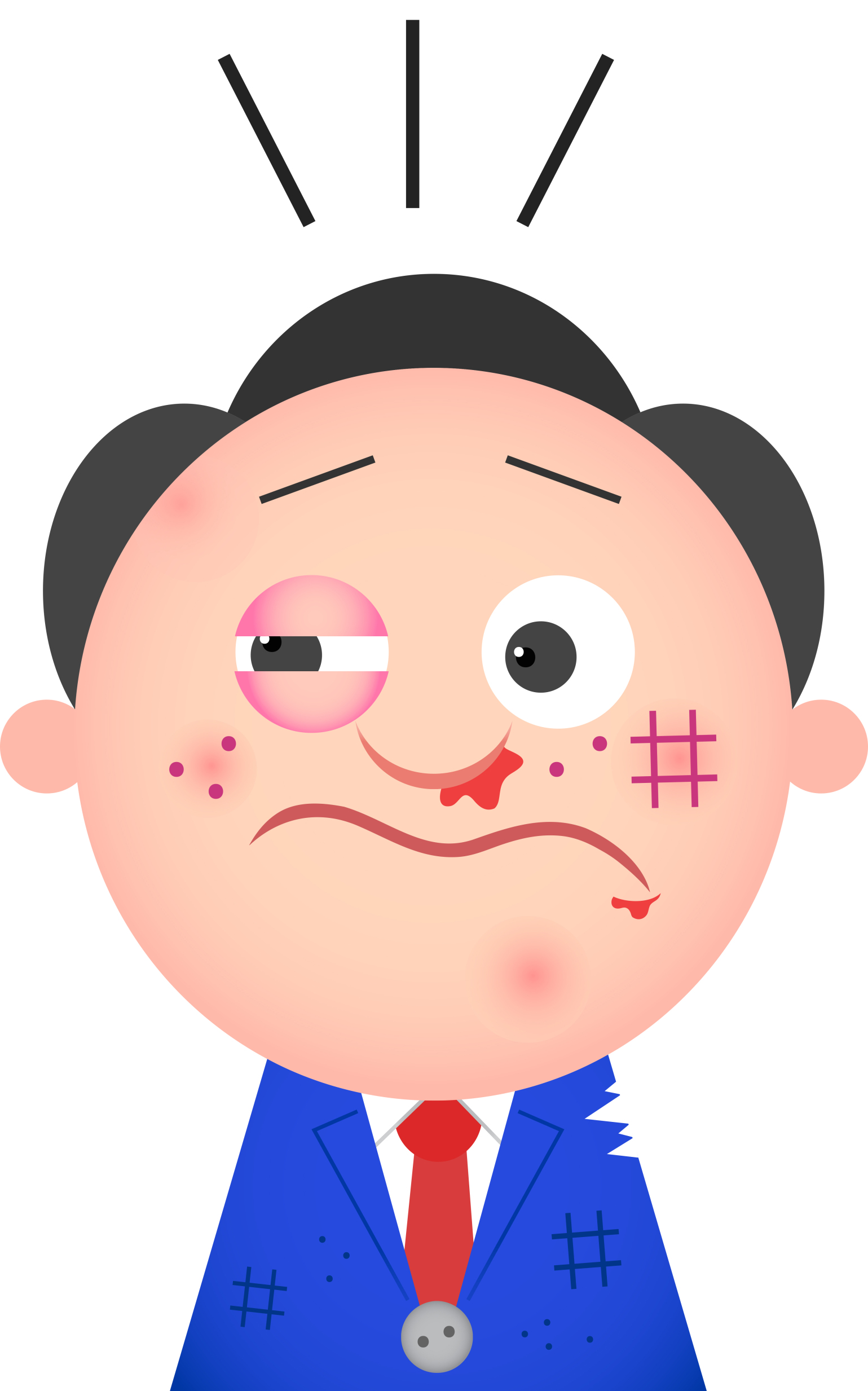Ask a Tech Teacher contributor, Christian Miraglia, taught for 36 years before retiring. Here is Part 2 of his discussion on technology’s place in education:
Part II Technology is Here to Stay: A Conversation with Teachers
 In my previous post, I wrote about the permanency of technology in the instructional setting for educators. Over the past weeks, I have spoken to a few educators about what has changed for them in this area. There is no doubt that the use of tech tools beyond the general record-keeping for attendance and grading has now found a footing in most classrooms around the nation. Some teachers who were initially hesitant to jump into the depths of technology integration find themselves fully immersed. Some who were on the proverbial edge of the diving board have been pushed into the pool and some have embraced the change with the excitement of a child playing with a new toy.
In my previous post, I wrote about the permanency of technology in the instructional setting for educators. Over the past weeks, I have spoken to a few educators about what has changed for them in this area. There is no doubt that the use of tech tools beyond the general record-keeping for attendance and grading has now found a footing in most classrooms around the nation. Some teachers who were initially hesitant to jump into the depths of technology integration find themselves fully immersed. Some who were on the proverbial edge of the diving board have been pushed into the pool and some have embraced the change with the excitement of a child playing with a new toy.
I recently spoke with a fellow history teacher who has embraced the technology and been quite creative in the process. With a focus on the social-emotional component of instruction, he utilized a master Google Slide deck coupled with one of the Eduprotocols skills such as Number Mania or Iron Chef and the content he was covering. This procedure allowed him to see all of his students responding to the prompt and kept him connected to the students throughout the year. Taking the learning to another level as well as incorporating the 21st Century skill of communication, his students showed their parents an exhibit using Flipgrid they had built based on the unit essential question. Without the use of this recording tool, the work would have been relegated to the school’s LMS as a click-through for the teacher. Moreover, with the exhibit being published, the student’s parents now had validation of their child’s work. Very powerful indeed.
Another teacher found that utilizing an IDE (Integrated Development Environment) that was cloud-based gave her students round-the-clock access to work in their programming class instead of relying on a downloaded file to a school computer. In our current environment, this addresses the issue of student access to content extending beyond the limitations to work only done in between walls of the classrooms.
In another conversation with a colleague of mine who is also a history teacher at the high school level, it was pointed out that because students were just glad to be back in a classroom setting they embraced any assignment that he pushed out. Because of the social distancing mandate in his district, it was important that he be strategic in his instructional strategy. In the previous year of pandemic instruction, he explored how discussion panels could be used specifically using Canvas. He found that students were inclined to post well-thought responses as they looked forward to the feedback from their peers. The same collaborative approach was taken once students returned back to school in the summer utilizing the Eduprotocols. Once school started a couple of weeks ago with limitations on classroom movement students were able to collaborate on Google slides and communicate with each other by using the same strategy. More importantly, after students collaborated they had to report out on their choices. The selection of the strategy and technology tool was very intentional to create a more engaging environment as well as providing for a platform for the students learning experience.
What is clear in these conversations is that these teachers have adapted and for the good. Providing more student agency, collaboration opportunities, and embracing the 21st Century Skills in this new environment has taken on new meaning. Purposeful selection of technology tools and platforms has become key. As the pandemic continues to affect educational institutions, teachers are becoming innovators in their strategies for instructional delivery. Yet as I read commentary on school openings and interact with teachers nationwide I hear a resounding cry for investment in professional development in these areas. Along with an investment should be a concrete plan for reviewing what is working in the classrooms and a commitment to training teachers in these platforms and applications. Technology is here to stay and is now very much part of teaching whether it be with delivery platforms or applications. The ultimate question remains, how does it affect student achievement?
Bio
Christian Miraglia is a recently retired 36 year educator and now Educational Technology Consultant at t4edtech where he also blogs. He can be found on Twitter @T4edtech and on his YouTube Channel Transformative Edtech.
@T4Edtech #edtech
Jacqui Murray has been teaching K-18 technology for 30 years. She is the editor/author of over a hundred tech ed resources including a K-12 technology curriculum, K-8 keyboard curriculum, K-8 Digital Citizenship curriculum. She is an adjunct professor in tech ed, Master Teacher, webmaster for four blogs, an Amazon Vine Voice, freelance journalist on tech ed topics, and author of the tech thrillers, To Hunt a Sub and Twenty-four Days. You can find her resources at Structured Learning.




































1 thought on “Technology and Teaching: A Conversation with Teachers”
Comments are closed.